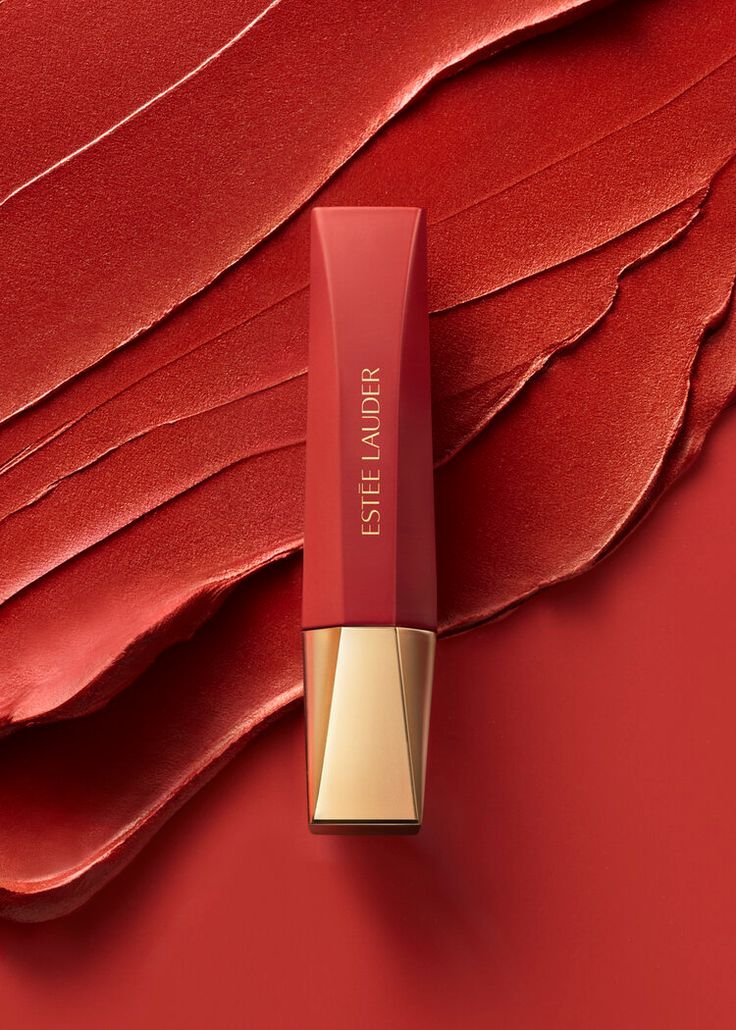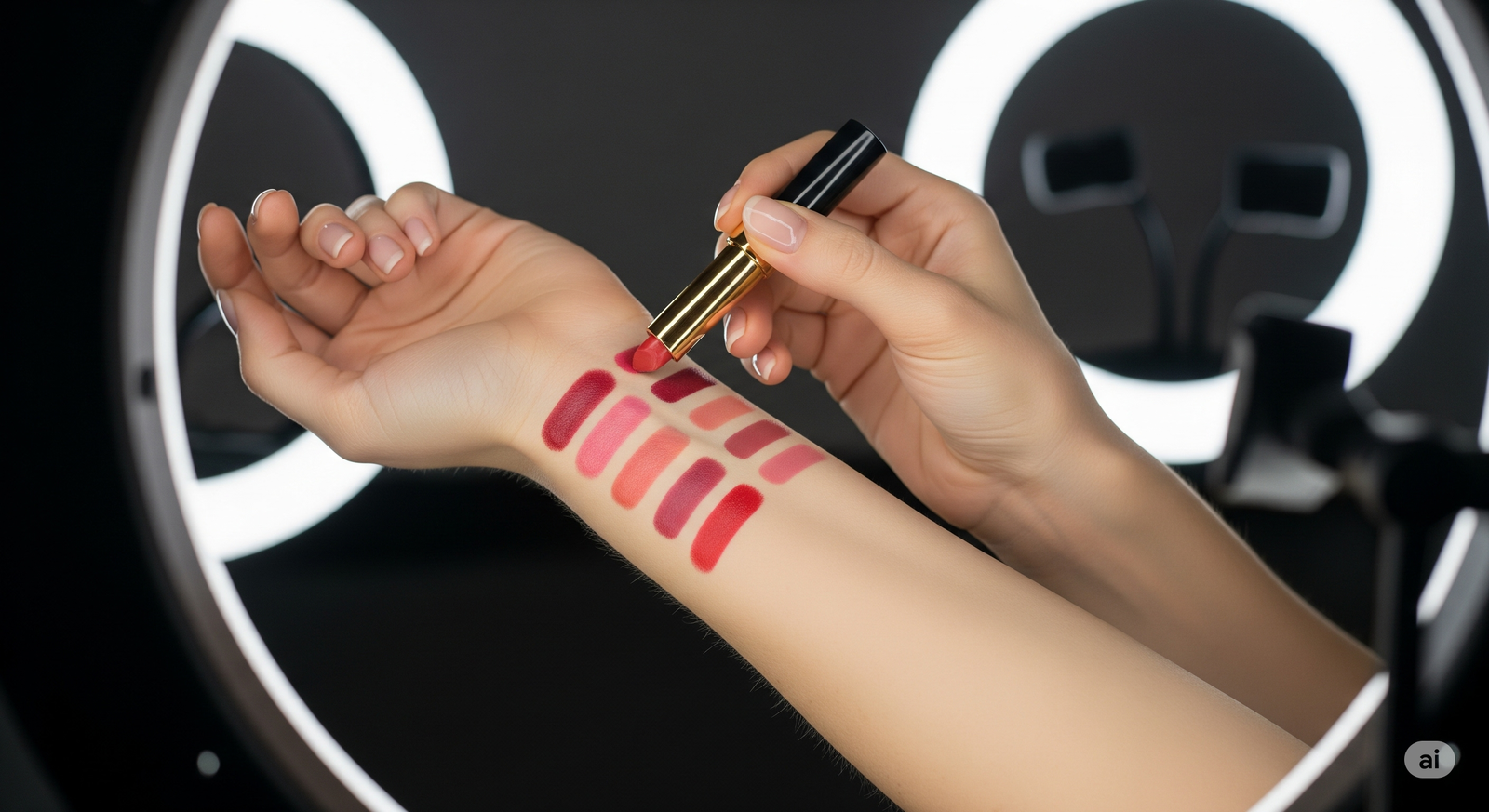How Lipstick Becomes a Brand’s Signature Symbol
Signature lipstick branding defines a product’s legacy. Admigos shapes lipstick visual identity through motion, packaging, and emotion-driven design.
16 Jun'25
By Niharika Paswan


How Lipstick Becomes a Brand’s Signature Symbol
Signature Lipstick Branding: A Visual Identity Guide
Why Lipstick Isn’t Just a Product- It’s a Brand Statement
In today’s beauty landscape, signature lipstick branding isn’t just about creating a bestselling product it’s about crafting an unmistakable identity. A lipstick becomes iconic when its colour, name, packaging, and storytelling align to form a lasting lipstick visual identity. From high-fashion houses to indie disruptors, brands are realizing that their signature shade can be more than a product it can be their symbol.
In this article, we explore how certain lipsticks become icons and how brands can craft that status intentionally.
Iconic Lip Moments: A Few Famous Firsts
Let’s start with a few case studies that show how a single lipstick can become synonymous with an entire brand.
1) Chanel Rouge Coco
Chanel’s lipsticks don’t just sell colour they sell sophistication. The simple black-and-gold packaging, the iconic “Rouge” line naming convention, and the promise of Parisian elegance in every swipe all play into their lipstick visual identity. You don’t need to see the label to know it’s Chanel.
2) MAC Ruby Woo
Probably one of the most famous reds ever created, Ruby Woo is instantly recognizable not just for its vivid blue-red hue, but for the community built around it. It’s not just a lipstick it’s a personality match, a makeup-artist favourite, and a crowd-approved classic. That kind of status is no accident it’s curated through consistent branding, texture familiarity, and smart distribution.
3) Fenty Beauty’s Stunna Lip Paint
Fenty redefined what a brand launch looks like, and the Stunna Lip Paint was its ambassador. The glass bottle, precision wand, and universal red shade made a strong statement: this was a brand for all. Its signature lipstick was inclusive, disruptive, and beautifully designed all matching Rihanna’s bold brand ethos.
The Visual Identity of a Lipstick

Visual Identity of a Lipstick
When we talk about lipstick visual identity, we’re talking about more than packaging. It’s the full spectrum of cues colour, form, motion, storytelling, and cultural placement that shape perception.
Key Visual Identity Elements
- Packaging Design- A lipstick’s case is the first handshake. Is it heavy and gold? Light and minimal? Is there a snap, a magnetic close, a soft click? These tactile experiences form the first layer of memory.
- Shade Naming and Storytelling- Names like “Russian Red,” “Orgasm,” or “Walk of No Shame” aren’t just words they’re personalities. They create emotional resonance and help users remember how the shade feels to wear.
- Texture and Finish- Whether it’s ultra-matte, velvet cream, or vinyl-gloss texture influences perception. Repetition of finish across campaigns helps cement a brand's aesthetic identity.
- Motion and Swatch Visuals- In 2025, swatches are no longer stills they’re performances. The way a lipstick glides, settles, or shines on video can create instant product recognition. This is where animation plays a key role.
You may check this blog for more details.
Building Lipstick Legacy with Motion at Admigos
At Admigos, we don’t just capture lipstick we elevate it. Our focus is on transforming every lipstick product into a moving symbol of brand identity. Through signature lipstick branding, we animate the small details that create lasting impressions.
What We Craft
- Logo-to-lip transitions that link identity to product
- Swatch animations that showcase color payoff with attitude
- Cinematic reveals that take lipstick from ordinary to aspirational
- Lip-layering visuals that mirror the complexity of brand personality
Lipstick is never just applied it’s expressed. Our job is to make that expression unmistakable. You may check our work at Admigos.
From Shelf to Signature: The Road to Lipstick Icon Status
Becoming a signature product isn’t about luck it’s about design. Here’s how brands can start turning lipstick into legacy.
- Start with Shade Philosophy- Rather than launching dozens of colours, focus on a few that align deeply with the brand's tone. A signature red, a go-to nude, or a standout seasonal tone can help anchor your brand visually.
- Package Like You Mean It- Make the tube as recognizable as the colour. From unique silhouettes to embossed caps, brands like Hermes and Dior have proven that design matters.
- Launch with a Message- Whether it’s empowerment, rebellion, or self-expression your signature lipstick should be a visual embodiment of your brand’s core message.
- Create Motion Content That Sticks- This is where Admigos steps in. By animating the journey of the product from unboxing to application, we create a motion memory that links visual experience with brand recall.
Lipstick and Cultural Relevance: Why Signature Matters
Lipstick, more than any other beauty product, is worn at life’s most photographed moments. Weddings, breakups, job interviews, first dates lipstick is present. When your product is emotionally tied to memory, it becomes more than merchandise it becomes ritual.
That’s the highest goal of lipstick branding: to build cultural presence through personal moments.
When someone says, “This is my power shade,” you know your product has crossed the threshold from trend to identity.
Visual Legacy: A Brand’s Timeline Through Lips
Let’s think long-term. What if your lipstick had a visual journey that spanned campaigns, collections, and cultural movements?
With each collection, you could:
- Reinforce brand values
- Showcase shade evolution
- Tell deeper stories about your community
Admigos helps brands build these visual archives frame by frame, moment by moment.
It’s not about making one viral reel. It’s about building a visual language your audience can recognize before the logo even appears.
Final Take: From Product to Signature Symbol
Signature lipstick branding isn’t just about making a lipstick that sells it’s about making a lipstick that speaks. That’s where identity meets emotion, and where motion design becomes branding gold.
From case studies like MAC and Fenty, to emerging indie lines carving out space with strong packaging and digital presence, the message is clear: lipstick tells a story. And in the right hands, it can be the story.
Whether your lipstick whispers elegance or screams rebellion, whether it’s minimalist or maximalist, the secret is consistency, clarity, and content that breathes.
And with Admigos, that story won’t just sit on a shelf it will move across screens, scrolls, and memories.
— By Niharika Paswan
Lip Lines and Lighting: Cinematic Tips for Better Swatches
Master lip swatch cinematics with the best lighting for lipstick. Learn how gloss vs matte lighting transforms visuals with lip tone precision and brand impact.

Inside the Bottle: Visualising What Makes a Product “Good for Skin”
What’s really inside your “skin-loving” foundation? See your skincare in action—how ingredient animation builds trust in hybrid beauty. t’s not just pretty packaging; it’s proof!
